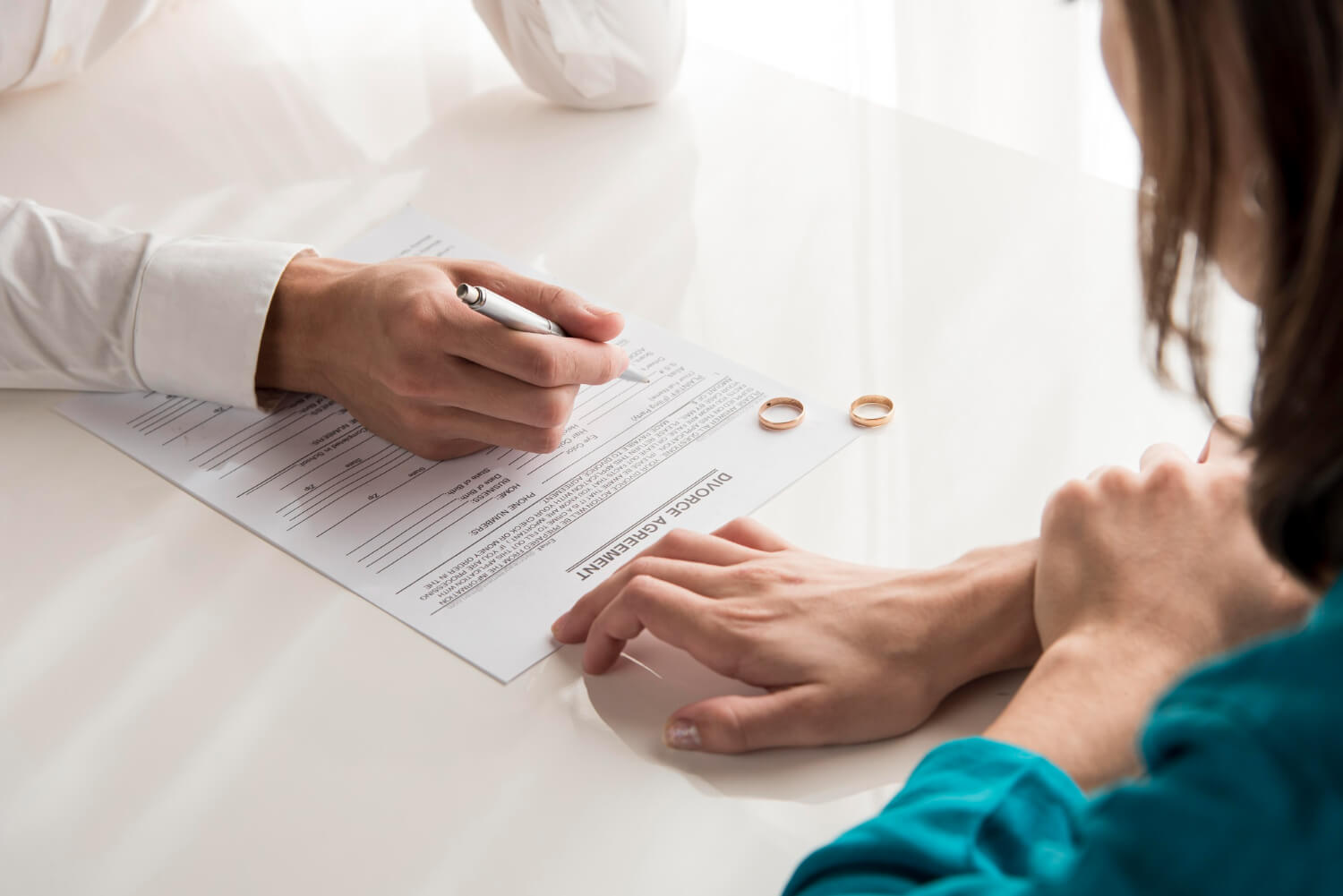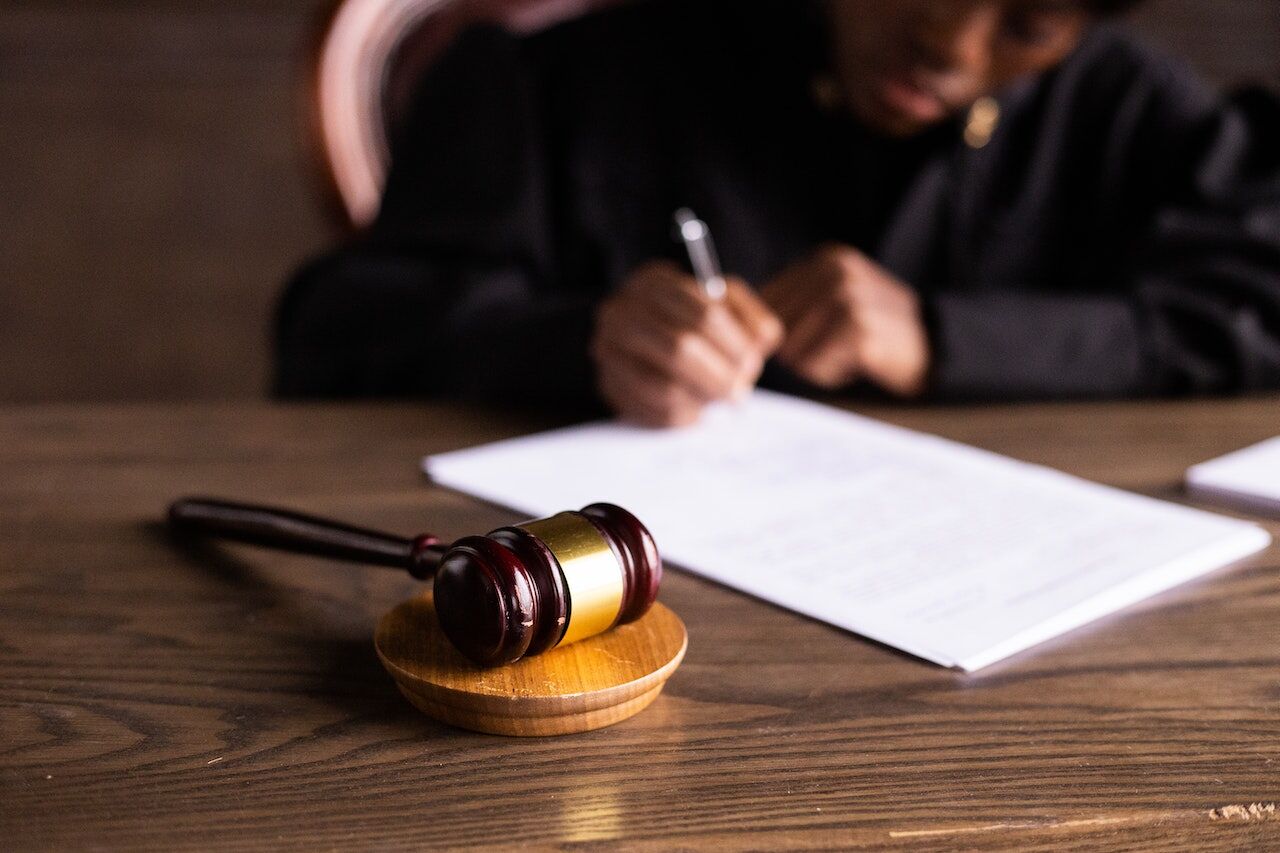Canal-Positif
Law Firm
Welcome to Canal-Positif Law Firm, where legal excellence meets
unwavering dedication. Established with a vision to redefine
legal services, we pride ourselves on providing comprehensive
solutions with a client-centric approach. At Canal-Positif, we
understand that every legal matter is unique and requires
personalized attention. With a team of experienced attorneys, we
strive to deliver tailored strategies that address the specific
needs and goals of each client.cONTACT
US
Which are the greatest things about it?
ExpertiseAt Canal-Positif, expertise reigns supreme. Our team
comprises seasoned legal professionals who bring a wealth of
knowledge
Client-Centric
ApproachWe prioritize our clients above all else. From the moment you
engage with us, expect personalized attention
Innovative SolutionsIn an ever-evolving legal landscape, innovation is key.
Canal-Positif Law Firm is at the forefront of adopting
cutting-edge legal strategies and technologies
Integrity and EthicsTrust forms the cornerstone of our practice. At
Canal-Positif, integrity and ethics are non-negotiable.
Commitment to
ExcellenceExcellence isn't just a goal; it's our standard. Whether it's
drafting contracts, representing you in court, or providing
strategic legal advice
Results-Driven FocusWe are driven by results. Whether it's negotiating favorable
settlements, winning court cases, or protecting your
interests
Featured Works
Driven by a commitment to integrity, professionalism, and innovation, we offer a wide range of legal services across various practice areasEstate Planning
Estate planning is a fundamentally important aspect of financial and legal management, Learn moreFamily Law
Our role as lawyers is to help you understand your legal rights provide you with optionsLearn moreWills and Estate
We help individuals, families, and executors with all aspects of estate planning Learn moreMeet the Team
At Canal-Positif Law Firm, we believe in combining expertise with a personal touch to provide our clients with exceptional legal services. Get to know the dedicated individuals who make up our team
MarieManaging Partner
AntoineSenior
Partner
SophiePartner
CamilleAssociate
LucasAssociate
Recent Blog
At Canal-Positif Law Firm, we believe in providing comprehensive legal solutions with a positive approach.
Contested vs. Uncontested Divorce: Which Path is Right for You?Divorce is a significant life event that requires careful consideration of all available options. At Collier Family Lawyers Cairns, we understand the complexities involved in both contested and uncontested divorces. This article will guide you through each path to help you determine which option may be suitable for your circumstances.Understanding Contested Divorce
A contested divorce occurs when spouses cannot agree on one or more key issues such as property division, child custody, or spousal support. This type of divorce typically requires more intensive legal intervention....Read more
A contested divorce occurs when spouses cannot agree on one or more key issues such as property division, child custody, or spousal support. This type of divorce typically requires more intensive legal intervention....Read more
02 Jul 2024
1
-1500w.jpg)
Mediation as a Path to
Amicable Resolution.......Read more
12 Feb 2021
0
-1500w.jpg)
The role of Arbitration
in Family Law.....Read more
12 Jan 2021
0
Get in touch
Send us a message
Brisbane, QLD
214 Elizabeth St
info@canal-positif.com
+61 7 2231 4566


